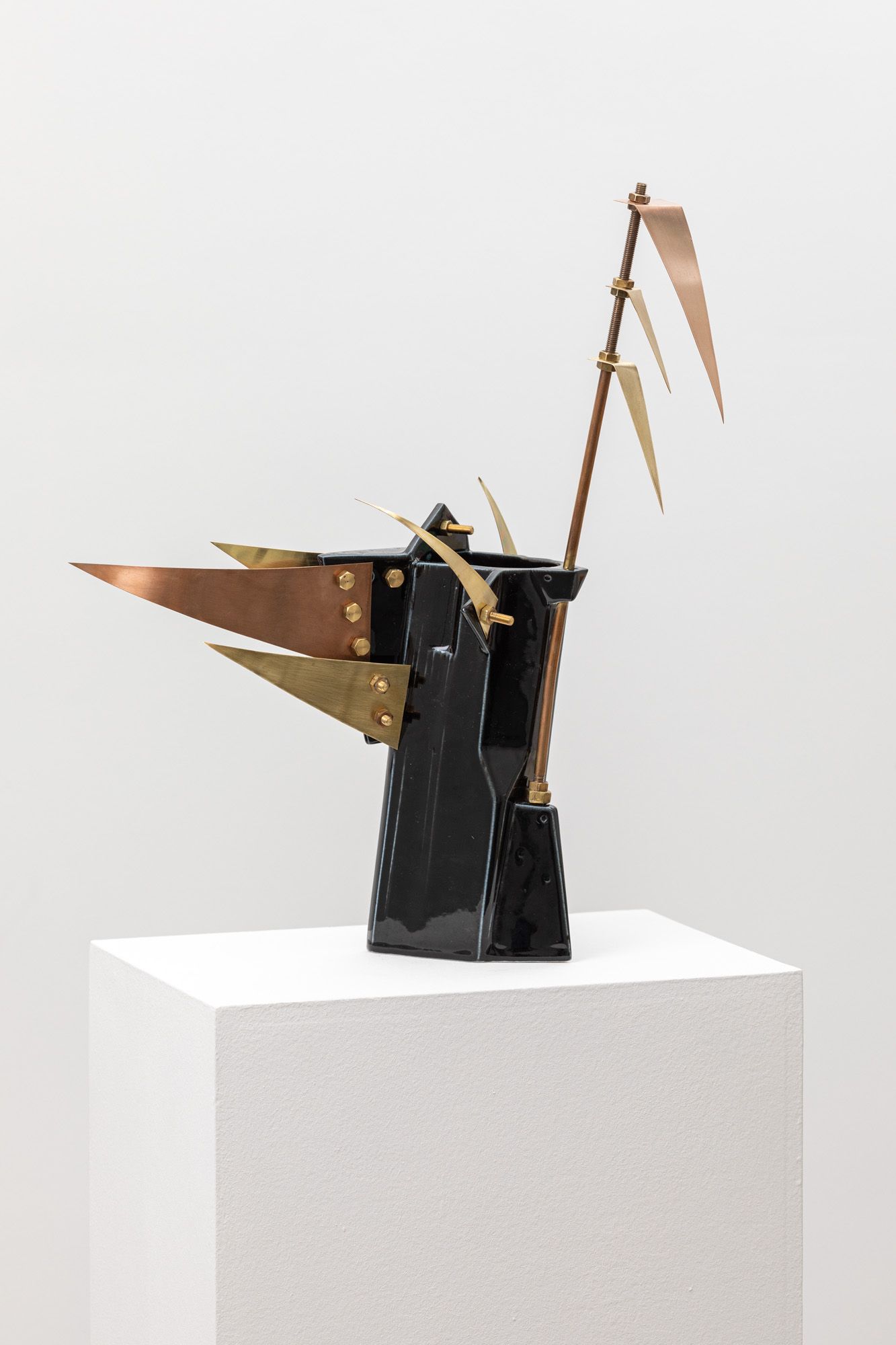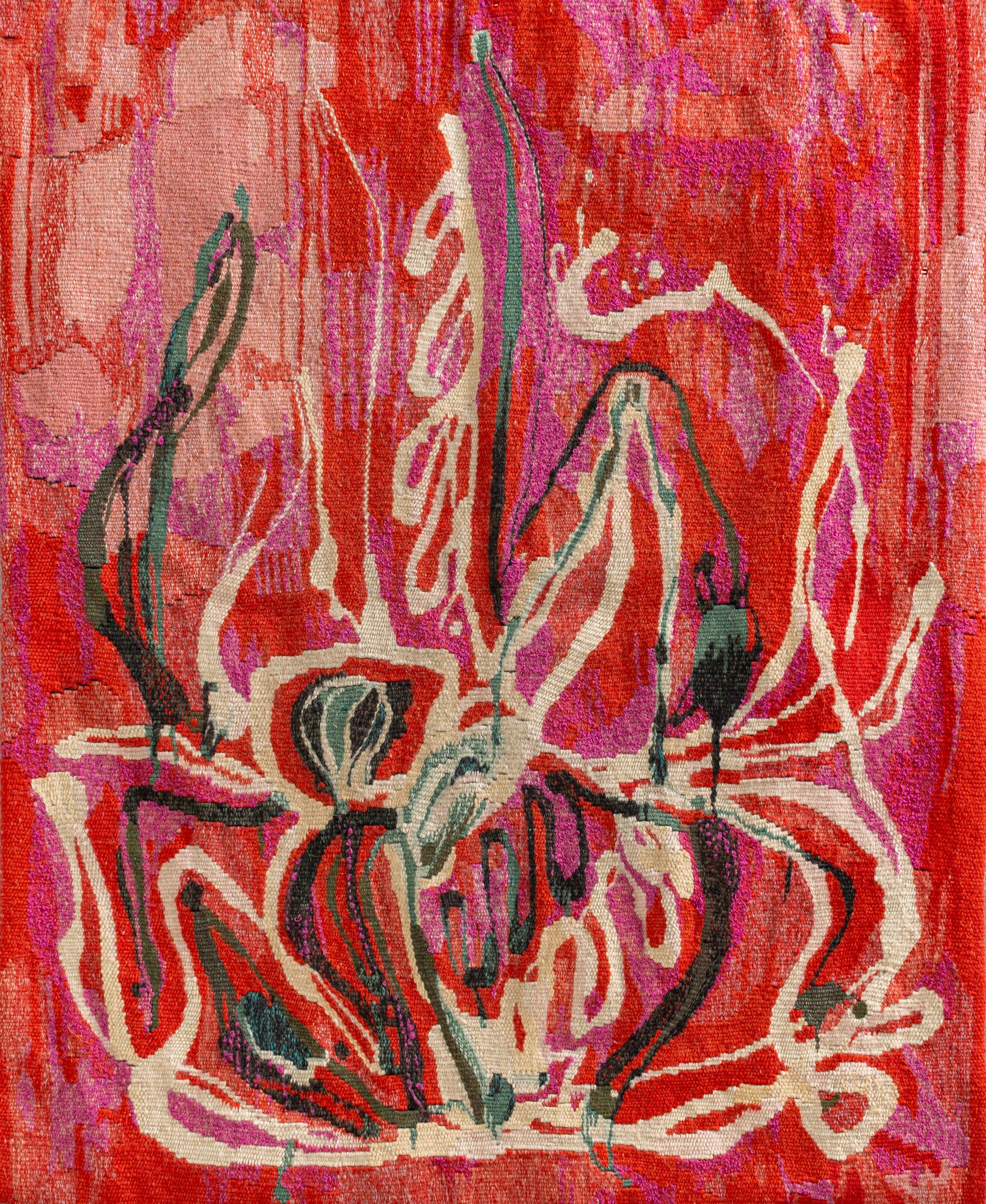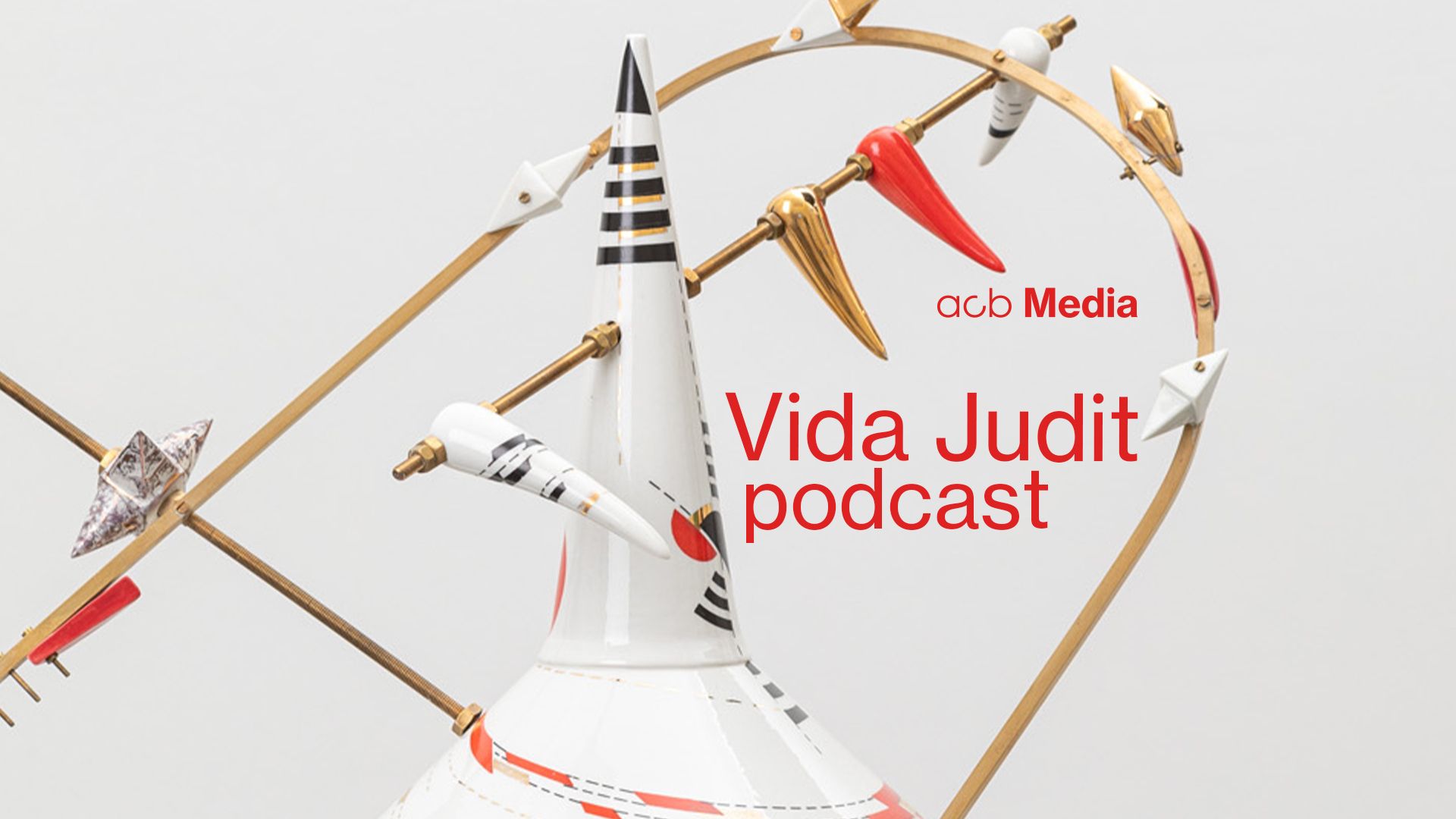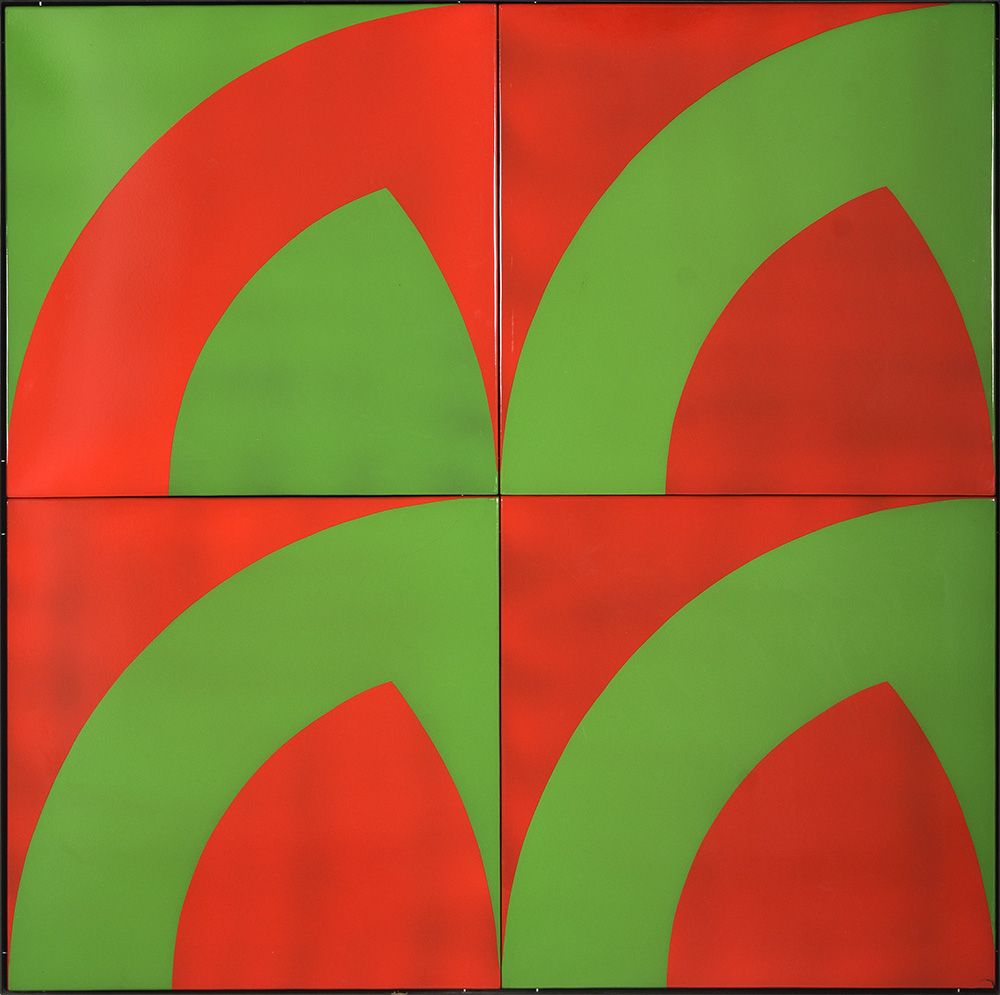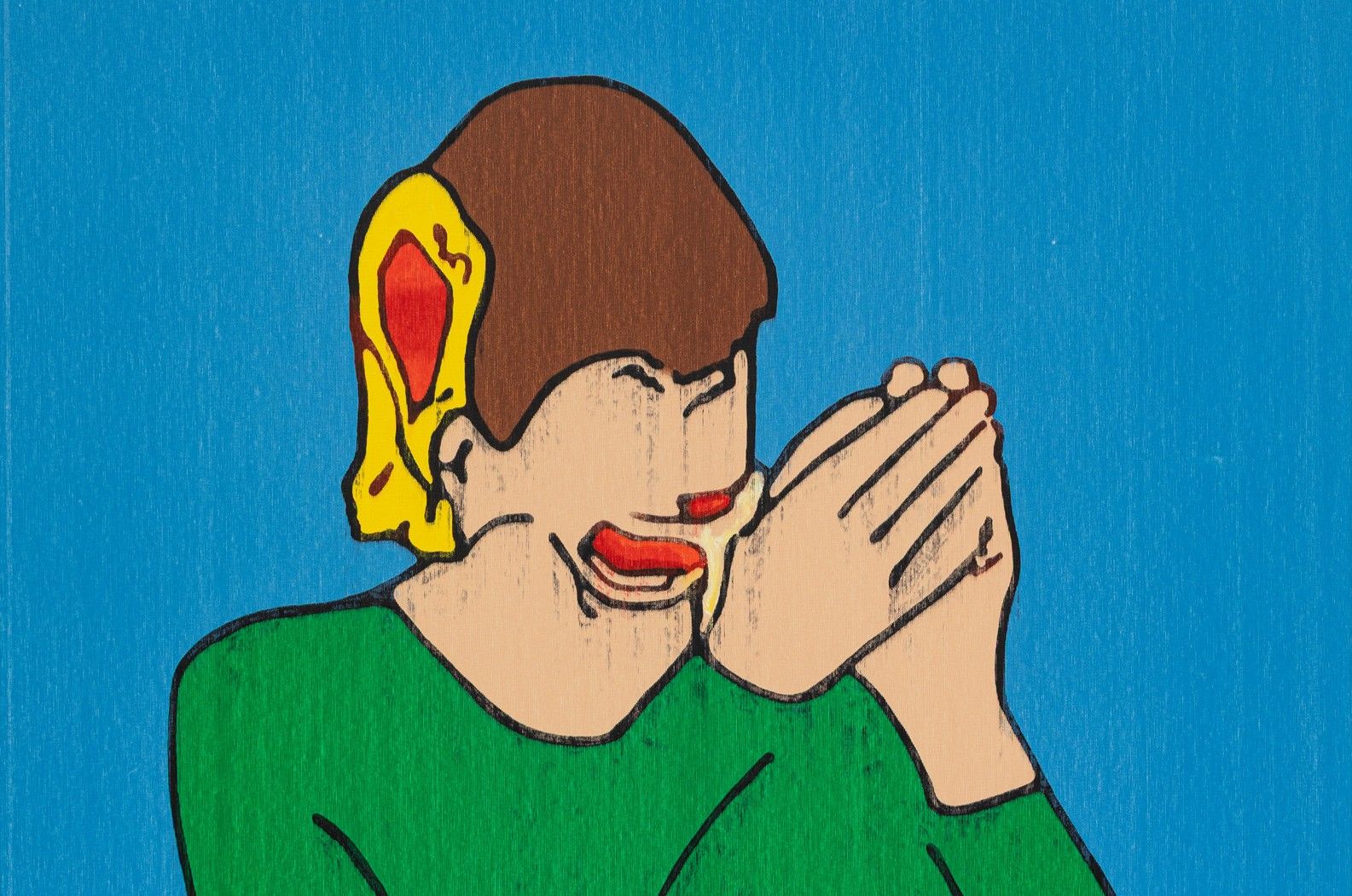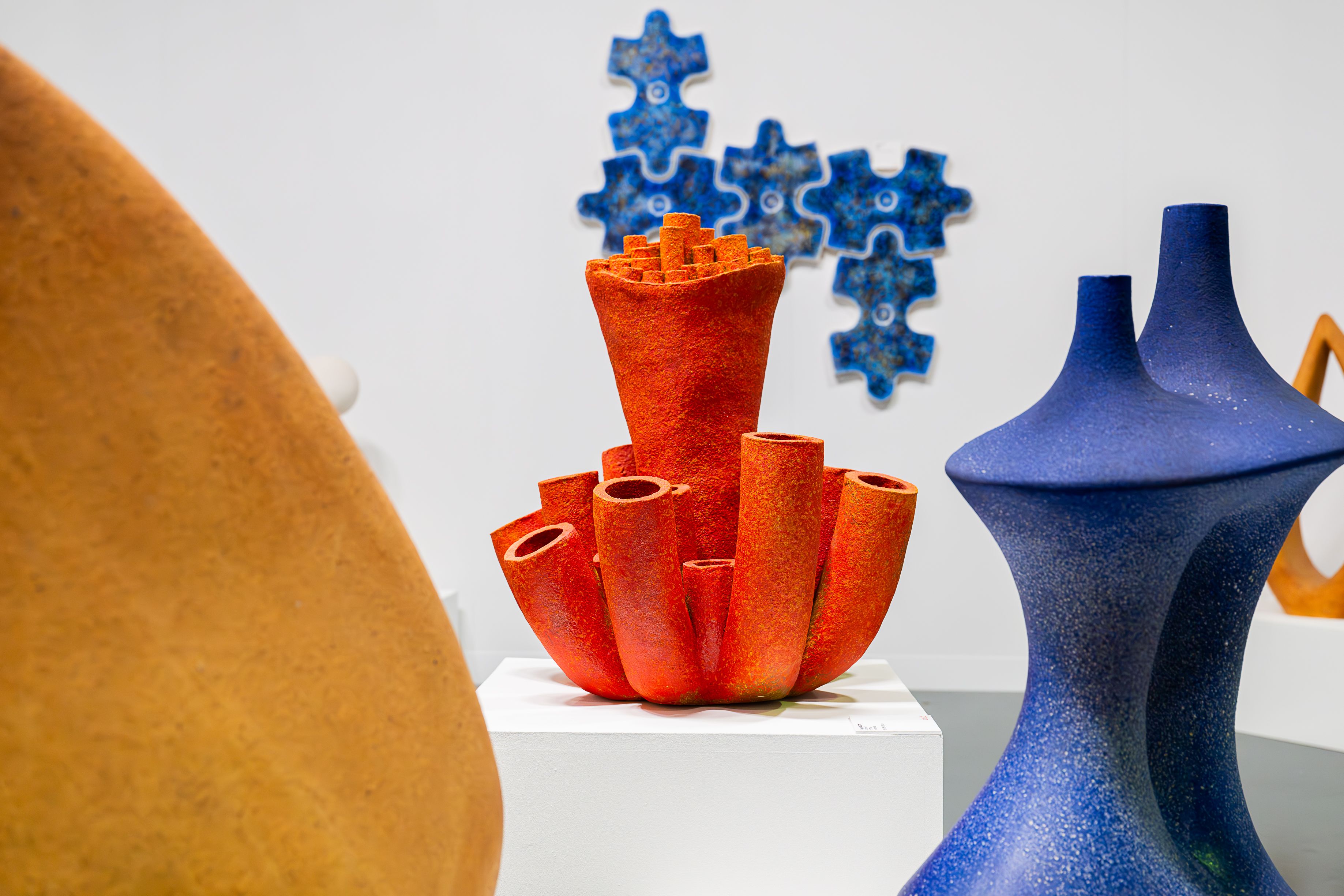Judit Vida
About the artist
Judit Vida (1951) earned a degree in 1978 in Porcelain Design from the Silicate Department of the Hungarian Academy of Applied Arts. During her student years, she experimented with folded porcelain, which was also the technique she employed in her degree work. In the early years of her career, she was influenced by the underground culture and developed her own individual ceramic style inspired by interdisciplinary crossovers between different fields of art. Her first exhibition, entitled Work-Action, was held in 1985 at the Little Gallery (Kisgaléria) in Pécs, as a joint endeavour with Gábor Bachman, who was her husband at the time. In the eighties, under the name PLUSZ Studio, she worked with Gábor Bachman and László Rajk on sets for films by Gábor Bódy, János Xantus and Pál Sándor, among others. In 1990, she became a founding member of the NA-NE Gallery, where she exhibited regularly. Her post-regime-change art was significantly influenced by the intellectual circle that formed around the Gallery. She also became a member of DeForma, founded in 1993 by a group of applied ceramic artists, with a focus on the formal renewal of porcelain art. The artists of DeForma rethought the possibilities of, and potential in, utilitarian objects along certain themes, and, after joint workshop sessions, exhibited at their annual symposia. The works displayed at acbAttachment were first shown in 1996 at the Dorottya Street Gallery in Budapest and then in 1997 at the King St. Stephen Museum in Székesfehérvár. They were last presented at the FUGA in 2014. Judit Vida was awarded the István Gádor Prize in 2002 and the Noémi Ferenczy Prize in 2008.
